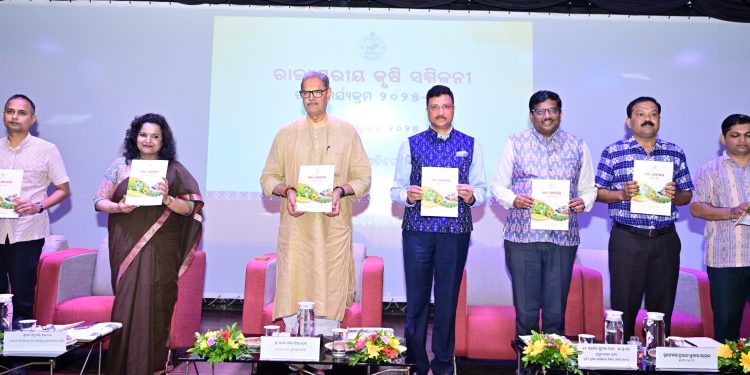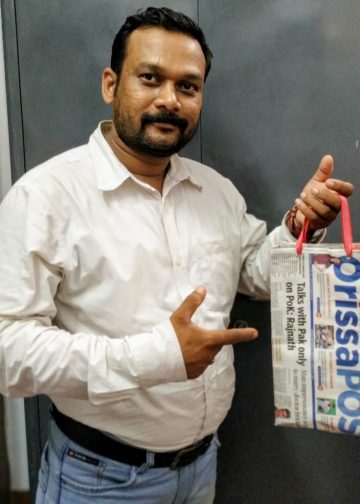Bhubaneswar: The state has set an ambitious target of 23.26 lakh metric tonne (LMT) of foodgrain production by 2026, said Deputy Chief Minister Kanak Vardhan Singh Deo during the inauguration of state-level conference on Rabi Campaign 2025–26 here at Krushi Bhavan Auditorium Friday. Delivering the keynote address, Singh Deo, who also holds the portfolio of Agriculture and Farmers’ Empowerment, emphasised proactive coordination among departments to ensure timely input supply, inter-departmental convergence, and continuous field-level monitoring.
He highlighted that unused agricultural farms could be utilised for storage, calling for strong leadership and focused implementation to make Odisha’s Rabi season productive, prosperous, and climate-resilient. The campaign, approved by Chief Secretary, aims to cover around 29.30 lakh hectares (LHA) production under various crops, including 15.13 LHA under pulses, 3.70 LHA under oilseeds, 4.97 LHA under vegetables, 1.15 LHA under condiments and 0.21 LHA under sugarcane. The state has also set ambitious production targets of 8.20 LMT of pulses and 4.21 LMT of oilseeds. Joining the event, Development Commissioner-cum-Additional Chief Secretary Anu Garg noted that Odisha has now achieved surplus water levels in state reservoirs, setting a goal to provide irrigation to 90 per cent of cultivable land.
A&FE Principal Secretary Arabinda Kumar Padhee said that the programme has been designed with a strategic focus on expanding the area and productivity of pulses and oilseeds, with the long-term goal of achieving ‘Atmanirbharata’ in these crops. He stressed the importance of focused, coordinated efforts for successful implementation of flagship schemes such as PM Dhan Dhanya Krishi Yojana (PMDDKY), National Pulse Mission, NMEO-Oilseed, NFSM, National Horticulture Mission, Jackfruit Mission, NMSA, RKVY, PMKSY and PMFBY.
State initiatives like Shree Anna Abhiyan, Rice Fallow Management, Balabhadra Jaivik Chasa Mission, and Farm Mechanisation must be vigorously implemented to ensure inclusive agricultural growth, he added. The horticulture sector continues to show promising growth, with farmers adopting modern technologies and high-value crops for enhanced income. Programmes like MIDH, PMKSY, NMEO-Oil Palm, and state schemes on potato, vegetables, spices, and fruit-specific missions will be closely monitored for effective results. Additionally, soil conservation and watershed development programmes, including Coffee Mission, MGNREGS, Rainfed Area Development, and OMBADC, will continue to strengthen sustainable agriculture and climate resilience in rainfed areas.
Orissa POST- Odisha’s No.1 Trusted English Daily






































